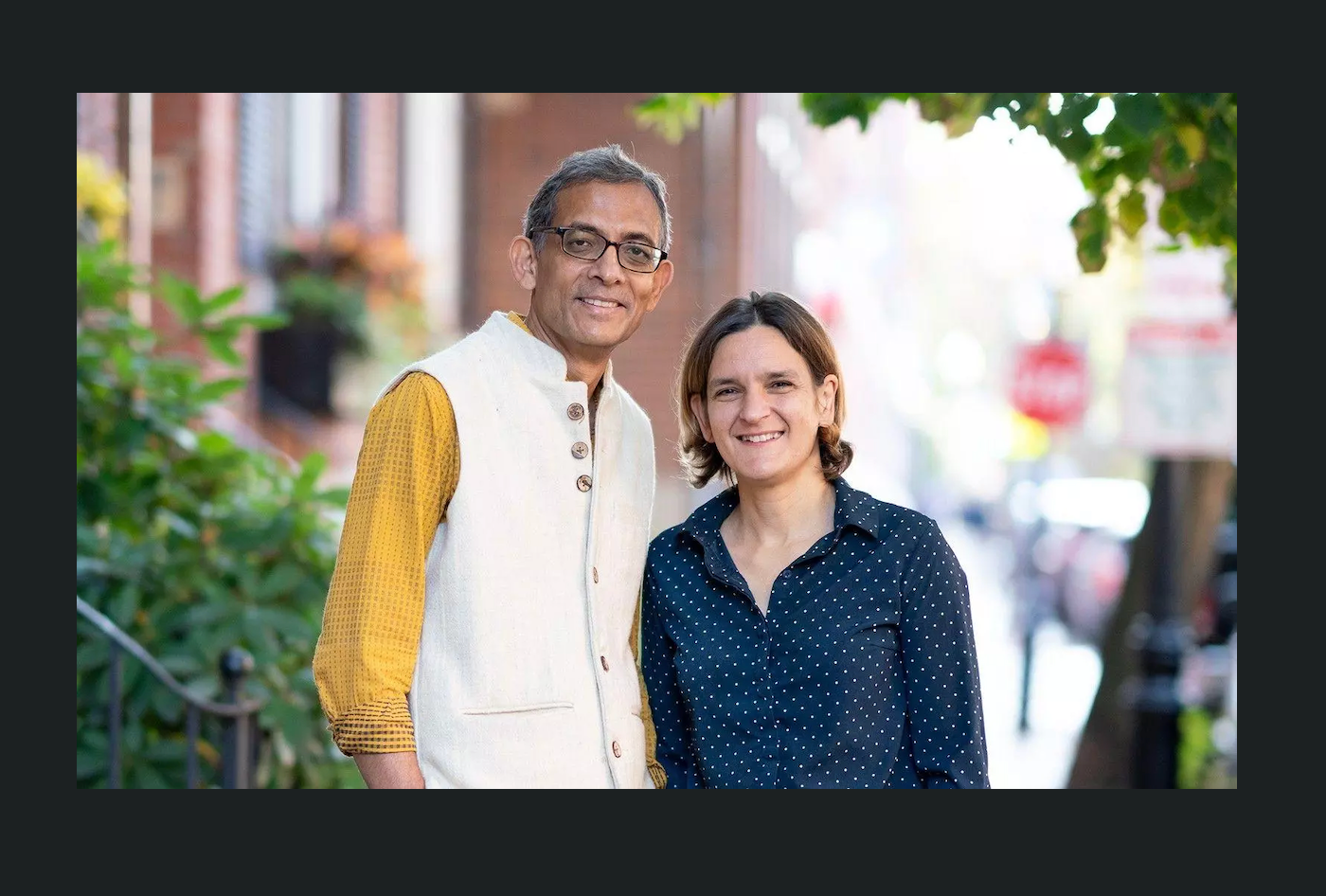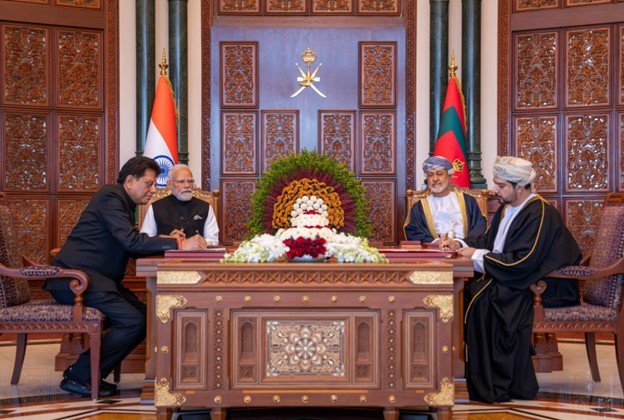Rising extremism, poor integration, and politicisation threaten the once-pristine image of the global Indian diaspora
For decades, the Indian diaspora was celebrated as a model minority — industrious, law-abiding, and respectful of host cultures. But in recent years, this reputation has come under strain. Increasing incidents of aggressive nationalism, criminal activities, and a refusal to integrate have begun to tarnish the community’s image in many parts of the world, reported newindianexpress.com.
While racism, xenophobia, and anti-immigrant sentiments in the West contribute to this growing hostility, they do not tell the full story. A part of the problem, observers note, lies within sections of the diaspora itself. Some communities have become increasingly insular, forming ethnic enclaves that replicate the cultural and political divides of the homeland — rather than adapting to the norms of their host nations.
Political mobilisation, extremist elements, and ethnic isolation among Indian-origin groups are fuelling tensions abroad, endangering decades of goodwill built by earlier generations
The role of the Indian state in this transformation is significant. Efforts by New Delhi and aligned political or religious groups to export domestic political agendas to overseas Indian communities have led to a spillover of India’s internal divisions onto foreign soil. Public rallies, sectarian conflicts, and ideological battles among diaspora groups have drawn negative attention from local authorities and stoked anti-migrant sentiment.
In countries such as Canada and the United States, the rise of extremist-gangster nexuses, notably the Khalistani-gangster link, has deepened these concerns. The exploitation of diaspora networks for soft-power projection and political influence has begun to be perceived as interference in domestic politics, heightening suspicion toward Indian-origin populations.
Yet, it’s important to remember the diaspora’s vast contributions. According to the UN World Migration Report 2024, India’s diaspora — the largest in the world — numbers around 18 million globally, though India’s Ministry of External Affairs places it closer to 35 million. Indian professionals, entrepreneurs, and skilled workers have become vital to the economies of their host countries, while their humanitarian contributions — particularly during the Covid-19 pandemic — earned global praise.
However, growing stereotypes tied to their success, along with the influx of low-skilled and illegal migrants, have complicated this perception. Many from the labour classes struggle to integrate, while radical subcultures reinforce regressive behaviour, amplifying Western unease toward Indian migrants.
Recent scenes of illegal Indian migrants being deported from the US, shackled and handcuffed upon arrival in Amritsar, shocked many. The Trump administration’s harsh anti-immigrant policies have intensified this crisis — but the problem extends beyond the US. Similar challenges are emerging in other parts of the world, where local patience with divisive politics and cultural insularity is wearing thin.
The moment calls for introspection. Both the Indian government and diaspora leaders must reassess their conduct and priorities before the ripple effects of this growing distrust irreversibly damage the community’s global standing.











